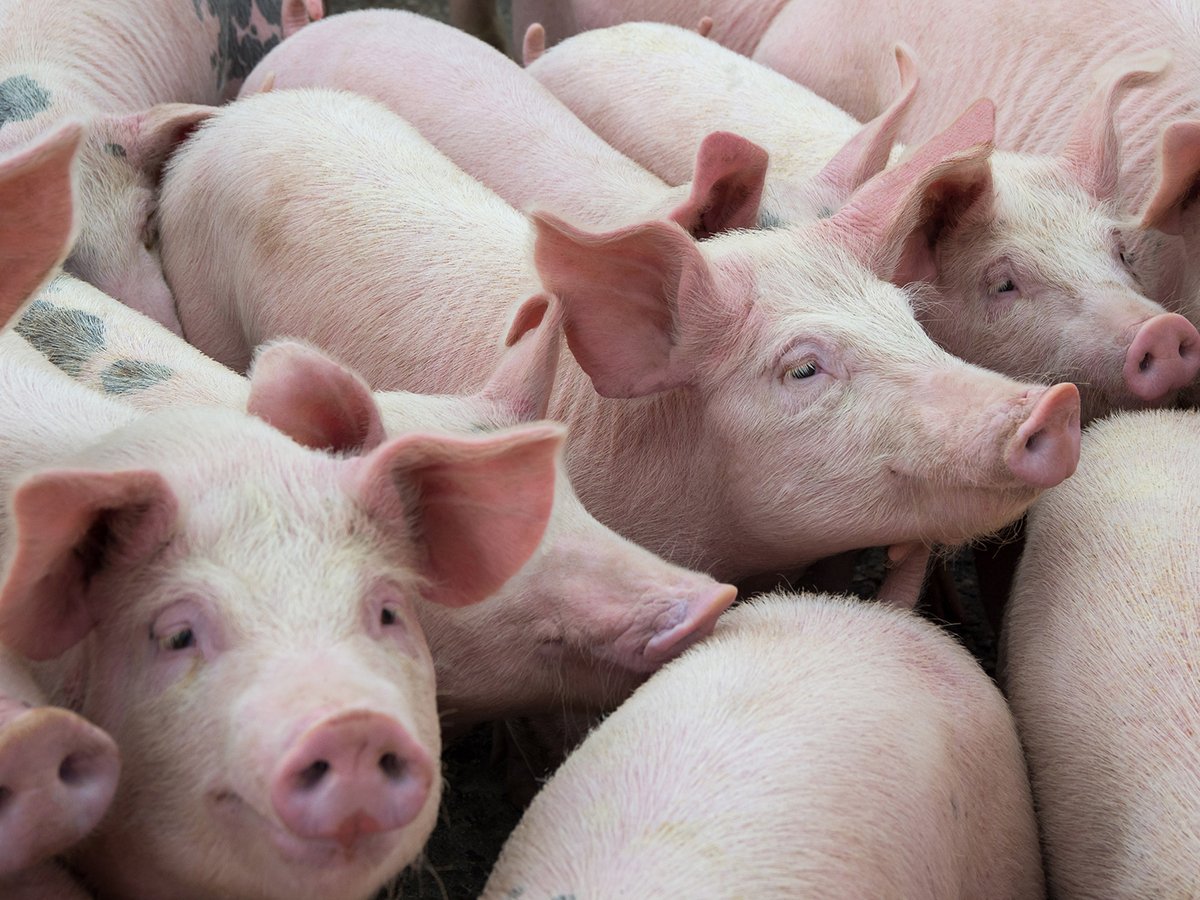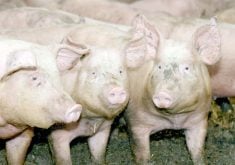MEDICINE HAT, Alta. – Well-planned intensive grazing strategies can reduce Canada thistle populations, recent research shows.
A noxious weed in Saskatchewan and Alberta, Canada thistle is a tough plant that resists many forms of control. Its roots grow more than a metre a year and it spreads quickly through fields and pastures, stealing soil nutrients and moisture.
“There is an economic loss that we are undergoing when we have plants like Canada thistle,” researcher Edward Bork of the University of Alberta told the western range science seminar in Medicine Hat Jan. 20.
Read Also

Quebec pork company calls for transparency around gene-edited pigs
Quebec-based pork company duBreton is calling for transparency around meats from gene-edited pigs on concerns that a lack of mandatory labelling will confuse consumers, and dilute certification claims. The organic sector is also calling for labelling rules.
Four years of research in central Alberta have revealed that thistle populations can be reduced by rotational grazing, particularly high-intensity, low-frequency systems.
Thistle densities are reduced when the plants are defoliated during a grazing period. The duration of rest between grazing periods is more important than levels of herbage removal.
The defoliated plants are at a disadvantage. Their leaves are gone so they are slow to regrow. During the rest period, other plants are able to grow back quickly and the weeds are soon hidden under the spreading canopy. It can take a couple years of intensive grazing before results are seen.
“With each successive grazing period, it essentially reduced the number of thistles and over a three year period we had taken out the thistles to two stems per sq. m,” he said.
In a large pasture that is continuously grazed, cattle tend to pick through the grasslands looking for plants they like. However, as grazing pressure increases, there are fewer palatable plants and cattle will eat thistles.
Spraying is also an option, but that may kill other more valuable plants. As well, it is illegal to spray close to riparian areas, and some areas may be too remote to effectively bring in the large equipment needed for spraying or mowing.
Mowing may not be the answer.
“If we go in and knock these off as a cosmetic treatment, a one time mowing simply makes the problem worse,” Bork said.
No effective insect controls have been found.

















